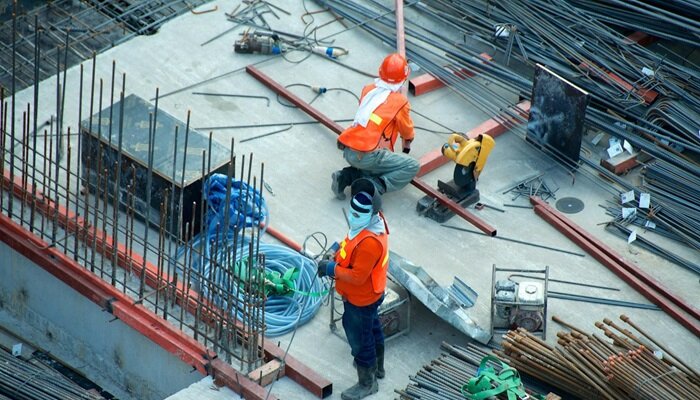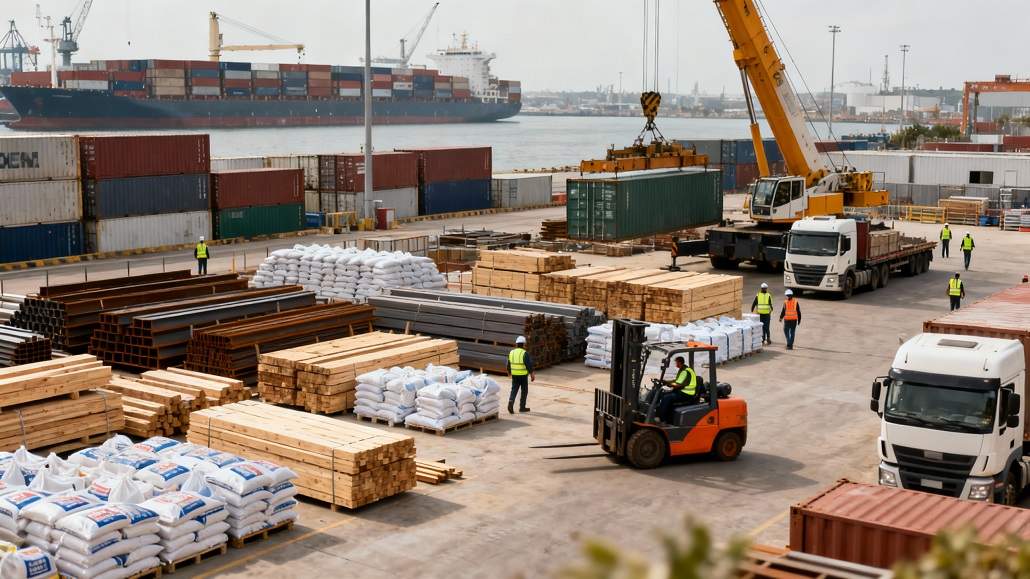Risks of Working in Construction Zones
Working in construction zones presents a unique set of challenges and risks. Whether it’s building infrastructure, repairing roads, or working on residential projects, construction workers face hazardous conditions daily. In 2022, there were 5.8 million work-related injuries or illnesses and 5,486 of them resulted in death. If you have lost a loved one to a […] The post Risks of Working in Construction Zones appeared first on World Construction Today.

Working in construction zones presents a unique set of challenges and risks. Whether it’s building infrastructure, repairing roads, or working on residential projects, construction workers face hazardous conditions daily. In 2022, there were 5.8 million work-related injuries or illnesses and 5,486 of them resulted in death. If you have lost a loved one to a fatal work injury, hiring a lawyer who specializes in wrongful death can help you financially recover from your loss. Understanding these risks is crucial to prevent accidents and ensure the safety of all workers on-site. Below are some of the most common risks associated with working in construction zones and strategies for mitigating them.
Falls from Heights
Falls are one of the leading causes of fatalities in the construction industry. Workers often need to operate at significant heights, whether on scaffolding, ladders, or rooftops. Even a minor mistake can result in severe injury or death. Ensuring the use of proper safety equipment such as harnesses, guardrails, and safety nets is vital. Regular inspections of scaffolding and ladders should be performed to ensure they meet safety standards. Workers should also receive comprehensive training on fall protection systems and safe practices for working at heights.
Struck-by Accidents
In construction zones, there are numerous moving vehicles, equipment, and tools. Workers can be struck by heavy machinery like cranes, and forklifts, or even by falling objects from above. Struck-by incidents account for a significant portion of construction injuries and fatalities. Workers should wear personal protective equipment (PPE) like hard hats and reflective vests to improve visibility. Employers should ensure that equipment operators are properly trained and that vehicles and heavy machinery have safety features such as backup alarms and mirrors to prevent accidents. Workers should avoid standing under suspended loads and always remain alert to their surroundings.
Electrocutions
Electrocution hazards are common in construction zones, particularly when workers are working with power lines or operating electrical equipment. Contact with live wires or faulty equipment can lead to severe electrical shocks or death. Conducting proper inspections and maintenance of all electrical equipment on-site is essential. Workers should be trained to identify potential electrical hazards and how to safely handle equipment. Lockout/tagout procedures should be followed to ensure that machines or equipment that could start unexpectedly are properly shut down.
Trench and Excavation Collapses
Trench work and excavation projects pose another significant risk to construction workers. When trenches are not properly reinforced, they can collapse and bury workers, leading to serious injuries or death. Trenches deeper than five feet should be protected by sloping, shoring, or using a trench box. Regular inspections of trenches and excavations should be carried out, particularly after heavy rainfall or changes in weather conditions. Workers should never enter an unprotected trench, and escape routes must be clearly identified and unobstructed.
Exposure to Hazardous Materials
Construction workers are often exposed to hazardous materials such as asbestos, lead, silica dust, and chemicals. Prolonged exposure to these substances can result in long-term health issues, including respiratory problems, cancers, and skin diseases. Employers must provide adequate PPE such as masks, gloves, and protective clothing, depending on the hazardous materials present. Proper ventilation and dust control measures are also essential. Workers should be trained in the safe handling of hazardous substances and educated on the health risks associated with exposure.
Noise-Related Injuries
Construction zones are notoriously noisy, with equipment like jackhammers, drills, and heavy machinery contributing to high noise levels. Prolonged exposure to such loud environments can cause hearing damage or loss. Providing workers with hearing protection like earplugs or earmuffs is necessary to mitigate the effects of prolonged noise exposure. Limiting workers’ exposure to loud machinery and scheduling breaks in quieter areas can also reduce the risk of hearing damage.
Musculoskeletal Disorders
The physical nature of construction work often leads to overexertion, repetitive motion injuries, and musculoskeletal disorders. Lifting heavy objects, bending, and repetitive movements can cause long-term damage to a worker’s body. Workers should be trained in proper lifting techniques and ergonomics to reduce strain on their muscles and joints. Employers should also provide mechanical aids like hoists, cranes, and dollies to lift heavy materials. Regular breaks, stretching exercises, and rotating tasks can also help minimize the risk of repetitive strain injuries.
Fatigue
Long hours, strenuous work, and hot or cold weather conditions can lead to worker fatigue, which increases the likelihood of accidents. Fatigued workers are more prone to making mistakes and may not react as quickly in hazardous situations. Employers should monitor working hours and ensure workers take regular breaks to prevent overexertion. Hydration and adequate nutrition should also be encouraged, particularly in extreme weather conditions. Workers should be trained to recognize the signs of fatigue and know when to step back or ask for help.
Slip, Trip, and Fall Hazards
Construction zones are often cluttered with tools, materials, and debris, creating numerous trip hazards. Slippery surfaces and uneven ground also contribute to slip and fall accidents, which can result in minor to severe injuries. Employers should maintain a clean and organized worksite, ensuring that debris is cleared and walkways are unobstructed. Workers should wear proper footwear with non-slip soles, especially in areas prone to spills or slippery conditions. Regular site inspections should be conducted to identify potential slip and trip hazards.
The post Risks of Working in Construction Zones appeared first on World Construction Today.

 machineryasia
machineryasia 


![[Job Story] Bobcat Fleet Constructing Italy’s Largest Agro-Photovoltaic Plants](https://www.heavyquipmag.com/wp-content/uploads/2025/12/bobcat-italy.jpg)




